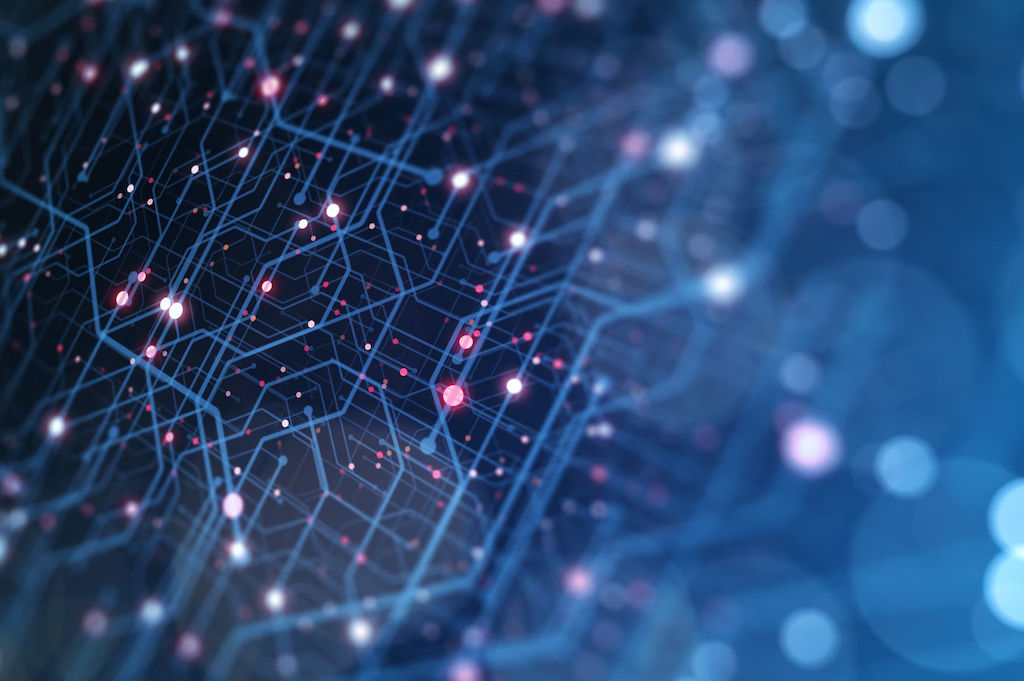The digital transformation of pharma has continued apace during the past few years, changing the way that both healthcare professionals (HCPs) and consumers communicate with each other and with pharmaceutical brands.
But what digital marketing trends will shape pharma in 2023? From ad-supported media to influencer marketing, here’s a look at what’s on the horizon for healthcare marketers.
The effective pursuit of omnichannel
Today, emerging channels for pharma (like social media) are now well-established, and the number of consumer touchpoints has grown exponentially. Nick Cowling, Head of Performance at marketing agency Three Whiskey, suggests that “brands [will] continue to evolve their understanding of what omnichannel means in the pharma world.”
“For most, in reality, this means embracing a hybrid model of multi or omnichannel marketing that makes the most of what’s possible now, while building towards a better future that takes advantage of the increased volume of healthcare data available,” he explained.
“This is also thanks to ubiquitous industry digitalisation and integrating privacy-preserving technology solutions to serve for a cookie-less future.”
Cowling also says that “in 2023, the priorities for most pharma brands are relevance and consistency over omnipresence.”
Essentially, this means that smarter data strategies will be key, and a shift away from linear patient or HCP journeys to align with more fragmented journeys.
“Brands must become adept at understanding their data across audiences and channels and take sophisticated approaches to plan and optimise, supported by measurement with meaning. This is the effective pursuit of omnichannel,” says Cowling.
In turn, Jaquie Pantoja, Digital Account Director for Curious Health, a health communications agency, suggests that this will lead to better and more effective personalisation.
“Thanks to advancements in technology, companies can now gather and analyse a vast amount of data to tailor their marketing efforts to specific audiences,” she says.
“This can include things like personalised email campaigns, drug regimens, and targeted advertising. And with the help of AI and machine learning, these efforts will result in even higher conversion rates and better customer engagement.”
Influencer marketing moves beyond HCPs, into communities
The Covid-19 pandemic led to increased influencer marketing strategies and digital trends within pharma and healthcare, as consumers increasingly turned to social media for health advice. Curious Health’s Jaquie Pantoja says that – despite other concerns overtaking Covid – the industry has and will continue to embrace influencer strategies this year.
“Influencer marketing is changing the conversation – instead of only seeing doctors in a position of power and influence, pharma companies are looking at the people living with conditions as well,” she explains.
“We will see this trend continue growing in 2023, and for a good reason. Influencer marketing campaigns help pharmaceutical companies build trust by leveraging the influence and credibility of relevant individuals to reach and engage with a wider audience.”
Trust is not always guaranteed, however, especially within healthcare. In a recent survey of 2,000 US consumers, Charity RX found that 37% of respondents say they turn to influencers for health advice because they are easier to access than medical professionals – despite just 17% saying they trust influencers more than doctors for health advice.
As such, Pantoja says that influencer strategies should not be undertaken lightly. “It’s still very important to choose influencers who are well-respected, have an engaged community, and have a genuine interest in the topic at hand,” she says.
“It’s also crucial to be transparent about any partnerships and clearly disclose any sponsored content.”
For HCPs interacting on social media, it’s also essential to understand and adhere to policies set out in HIPAA, the medical privacy law, as well as guidelines from organisations like the American Medical Association and the General Medical Council.
Recent reports of doctors and nurses losing their roles as a result of their own social media presence also highlight how there are greyer areas often not covered by social media policies, such as conflicts of interest and competing with an employer.
Video and the year of ‘FAST’
In terms of format, this year, we will see “video, and lots of it,” Three Whiskey’s Nick Cowling told Econsultancy. “It’s well known that digital marketing in the pharmaceutical industry has been text dominant for some time. However, things are finally starting to change.
Brands will be shifting more resource into video content and campaigns that will enable richer, more engaging communication on everything from product information to promotional campaigns.”
Within video, one area of opportunity set to grow in 2023 is ad-supported media, stemming from the multiple streaming services now offering ad-supported tiers.
Netflix launched its own last November, followed by Disney+ in December, while Hulu, Paramount+, and HBO Max also offer ad-supported subscriptions.
“[Video content] will not only provide a better user experience, but it will also offer the chance for brands to exploit the ‘year of FAST’ – the reported increase in Free Ad-supported Streaming TV – with integrated video ad campaigns, and to boot, this will result in a deeper dataset which will offer more insight that can be fed back into the planning cycle,” explained Cowling.
Indeed, more advanced targeting is one of the main benefits of CTV for pharma and healthcare marketers, combined with reach as well as high levels of engagement.
With ad tiers from Disney+ and Netflix still in their infancy, it remains to be seen who or if they will successfully draw in spend. This might depend on the kind of audience targeting and measurement they offer.
In Netflix’s case, this so far appears to be limited, with no third-party measurement. However, having initially launched as an MVP (minimal viable product), Netflix’s President of Worldwide Advertising, Jeremi Gorman, recently confirmed that it will introduce more sophisticated targeting in future, stating that dynamic ad insertion, as well as targeting by age, gender, and single-show sponsorship is to come.
Netflix is also confident that consumers will sign up. In the company’s January earnings call, CFO Spencer Adam Neumann said that the goal is to become as big as Hulu, where around half of the subscribers supposedly choose ads.
“We wouldn’t get into a business like this if we didn’t believe it could be bigger than at least 10% of our revenue and hopefully much more over time in that mix as we grow,” he said.
The growth of generative AI applications within healthcare
The conversation around AI within healthcare and pharma has recently been heightened by the development of ChatGPT. Jaquie Pantoja of Curious Health told Econsultancy that the technology is already making waves within the industry.
“ChatGPT has some serious potential when it comes to digital marketing,” she said. “It can help you create high-quality and engaging content like blog posts, articles, social media posts, and even meta descriptions.
Plus, it can give you valuable insights into your target audience, allowing you to create more effective marketing campaigns and be more strategic with your ad spend and targeting. It’s a game changer and we are just scratching the surface of its potential.”
For pharma companies, the opportunities of AI stretch far beyond marketing. The virtual assistant, which understands human speech and produces in-depth writing, has spurred on physicians and HCPs to consider how the technology can simplify every day but complex and time-consuming tasks.
There are ethical issues to consider in relation to using this type of AI in healthcare, however, due to the potential for misinformation and harm. ContentBot founder Nick Duncan recently told Econsultancy that it does not allow its own AI to create medical content, regardless of whether it is simple or complex, due to this possibility.
“A human will most likely get their facts correct because they’re pulling it from another source. Whereas there’s a higher chance of an AI coming up with a completely random fact,” he said.
Generative AI – engines that can be used to create new content – is just one area of artificial intelligence, of course.
In 2021, Health Education England published a roadmap of AI in the NHS, outlining 240 AI technologies which are ready or almost ready for deployment, with the aim of helping HCPs to analyse patient data and increase the speed and accuracy of feedback and proactive treatment for early-stage conditions.
The hype around ChatGPT has undoubtedly brought conversation around generative AI in particular, to the forefront for 2023, enabling pharma companies to see its potential and driving further growth of the market.
According to GlobalData’s ‘State of the Biopharmaceutical Industry’ report, nearly two-fifths (39%) of surveyed healthcare industry professionals said that AI would be the most disruptive emerging technology in the sector during this year.
This article was first published by Econsultancy, written by Nikki Gilliland.
MARKETING Magazine is not responsible for the content of external sites.









